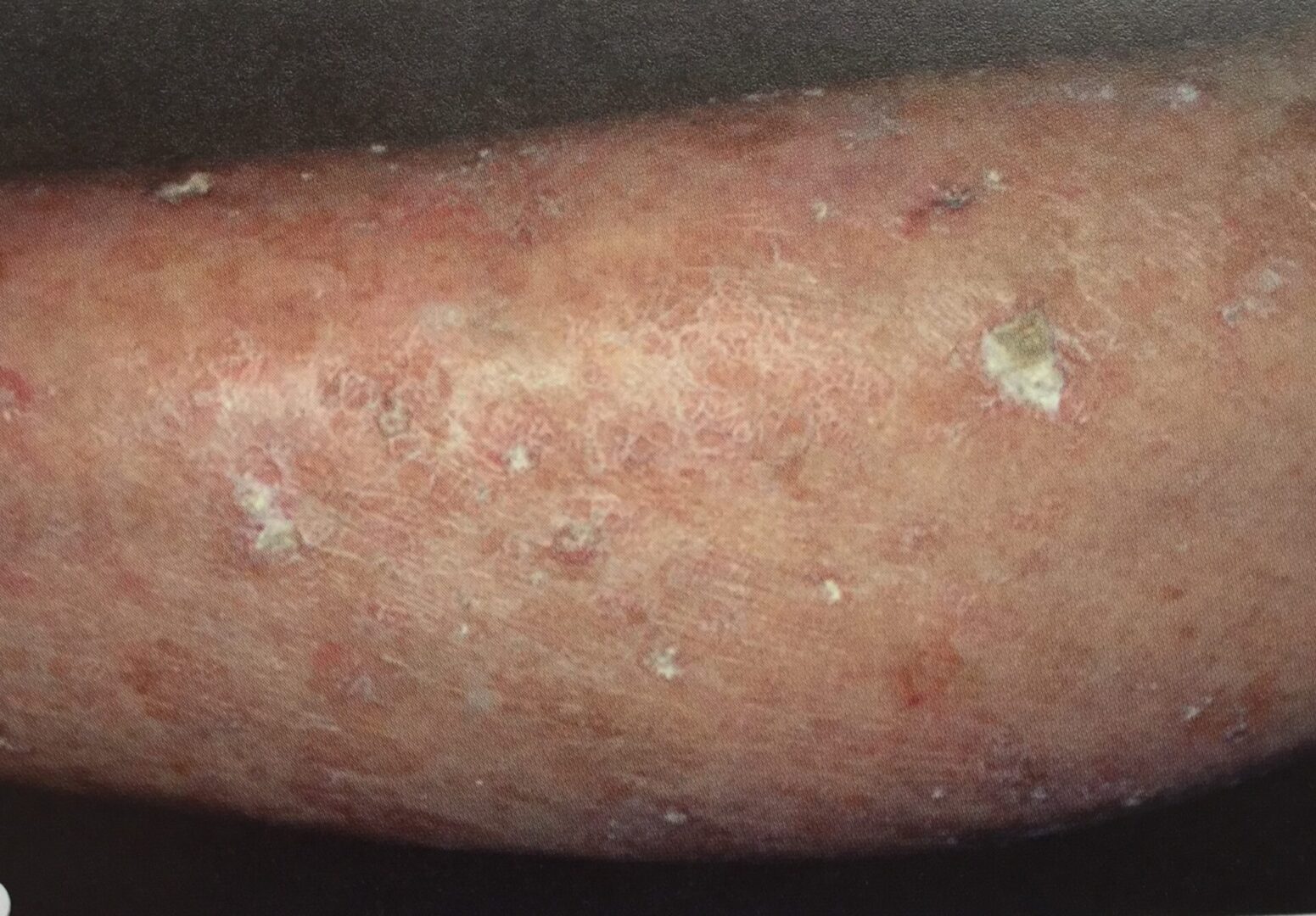
Precancerous Growths
Precancerous growths develop in the skin as the result of large cumulative sun exposure. Also known as solar or actinic keratoses, they are a biomarker for an increased risk for skin cancer. Over time, actinic keratoses have the potential to transform into cancer. Ultraviolet radiation causes damage to DNA and immune cells; impairing the skin’s ability to repair. Tumor protein p53 is one of the most common mutations found in actinic keratoses and is a result of sun damage. P53 mutations are present in basal cell carcinomas and squamous cell carcinomas as well.
Typically, a precancerous growth appears as a red or skin colored scaly or rough plaque on areas of skin associated with high sun exposure; such as the face, ears, tops of hands, arms, neck and chest. They may bleed from inconsequential trauma such as shaving or washing your face.
There are a variety of effective nonsurgical treatments. The degree of photodamage present and patient characteristics are factors that are taken into consideration in choosing a particular therapy.